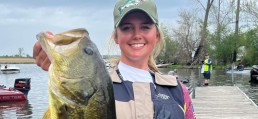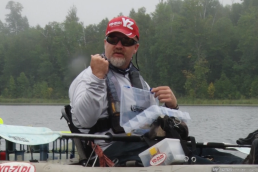Versatile Stick Bait Fishing
SHARE THIS POST
Stick baits, more commonly known as Senkos, have been around a long time. And for good reason. They flat-out catch fish. When Gary Yamamoto was sitting at his desk looking at a ball point pen, he had an idea. He asked one of his associates to design a soft plastic bait the same shape as his ball point pen. After he was happy with the shape, he infused it with salt. Salt gave it an enticing action as it slowly sank through the water column. He then experimented with different amounts of salt to acquire the best action and fall rate. The Senko was born.
The ingenious fact about the Senko is it catches a lot of fish but doesn’t last very long. The bait is super-soft and tears very easily. So, in a day’s fishing, you can go through a lot of packages of Senkos.
The action was so appealing to fish, the Senko immediately started catching fish and winning tournaments. Today, there are many manufacturers of stick baits.
Stick worm fishing excels in clear water where finesse fishing is the order of the day. They are an excellent for skipping baits under docks, boast and jet ski lifts. They are great in bodies of water that receive high fishing pressure. You can skip them along seawalls, in downed timber and under overhanging trees.
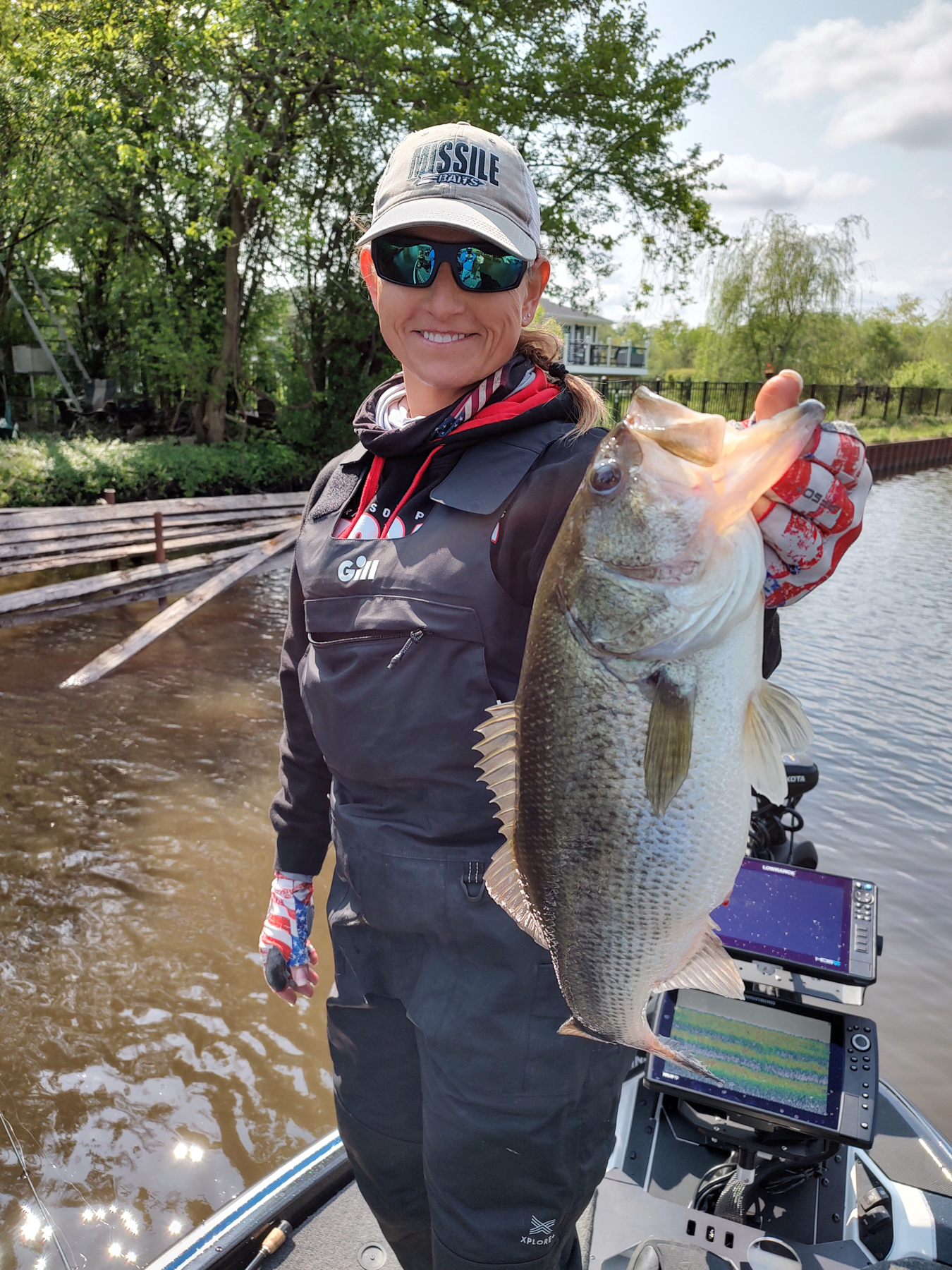
When you make the cast, let your bait flutter to the bottom and rest a minute or so if it didn’t get hit on the initial drop (where most strikes happen). After it is on the bottom for a bit, shake the bait in place. A lot of times, a big bass will watch the bait for a while before deciding to hit. Then hop the bait back to the boat until you feel it is out of the strike zone. Reel it in and make another cast. Make sure you hit every piece of cover and every nook and cranny. Pick it apart with a fine-tooth comb. You can catch a bunch of nice bass by doing this. It can be a tournament-winning technique.
Stick baits can be fished in a variety of ways. They can be Texas-rigged or wacky-rigged weightless. For wacky rig fishing, there’s a tool you can buy along with some rubber O rings. The tool helps you install the O ring dead center on the worm. Then slide your hook directly under the O ring, not through the plastic of the bait. The bait will not tear as easily and will catch several fish before it rips and you have to replace it. Several kinds of tools as well as different styles of rings and bands are available.
For Texas rigging, a 4/0 or 5/0 EWG hook is ideal. Most major manufacturers make a good-quality worm hook. The Texas-rigged stick worm has a totally different action then a wacky-rigged worm. The Texas rigged bait has a side-to-side glide as it descends to the bottom. The wacky rigged bait has a tantalizing shimmy. Have a rod rigged with each to see what the fish prefer on any given day.
You can rig a stick worm with some weight to fall faster or to use in deeper water. Or rig a bullet weight on the nose of a Texas-rigged bait. You can also Carolina rig your bait with a weight, swivel, leader line and Texas-rigged bait. These riggings have different actions that can be deadly in different situations, like along deep weed lines or over deeper weeds and gravel flats.
Are you enjoying this post?
You can be among the first to get the latest info on where to go, what to use and how to use it!
There are different designs of weights for Wacky rigging. Flat weights with a clip are pushed directly through the center of the worm. Insert the hook gets under the clip to hold in place. There are small plastic discs that go over the hook point, past the barb, to keep the hook from coming out of the clip. You can also use a special wacky-style jighead, and there are many different styles, sizes and colors of jig heads to experiment with. Hook the jig under the middle O ring and you are ready to fish.
You can also wacky rig a stick worm on a drop shot setup. The worm is off bottom and provides plenty of action to entice strikes from otherwise spooky fish. You can fish the drop shot along deep weed lines or in open water on gravel flats, and even pitch it under boat docks. The stick worm on a drop-shot is a hot presentation for bigger fish.
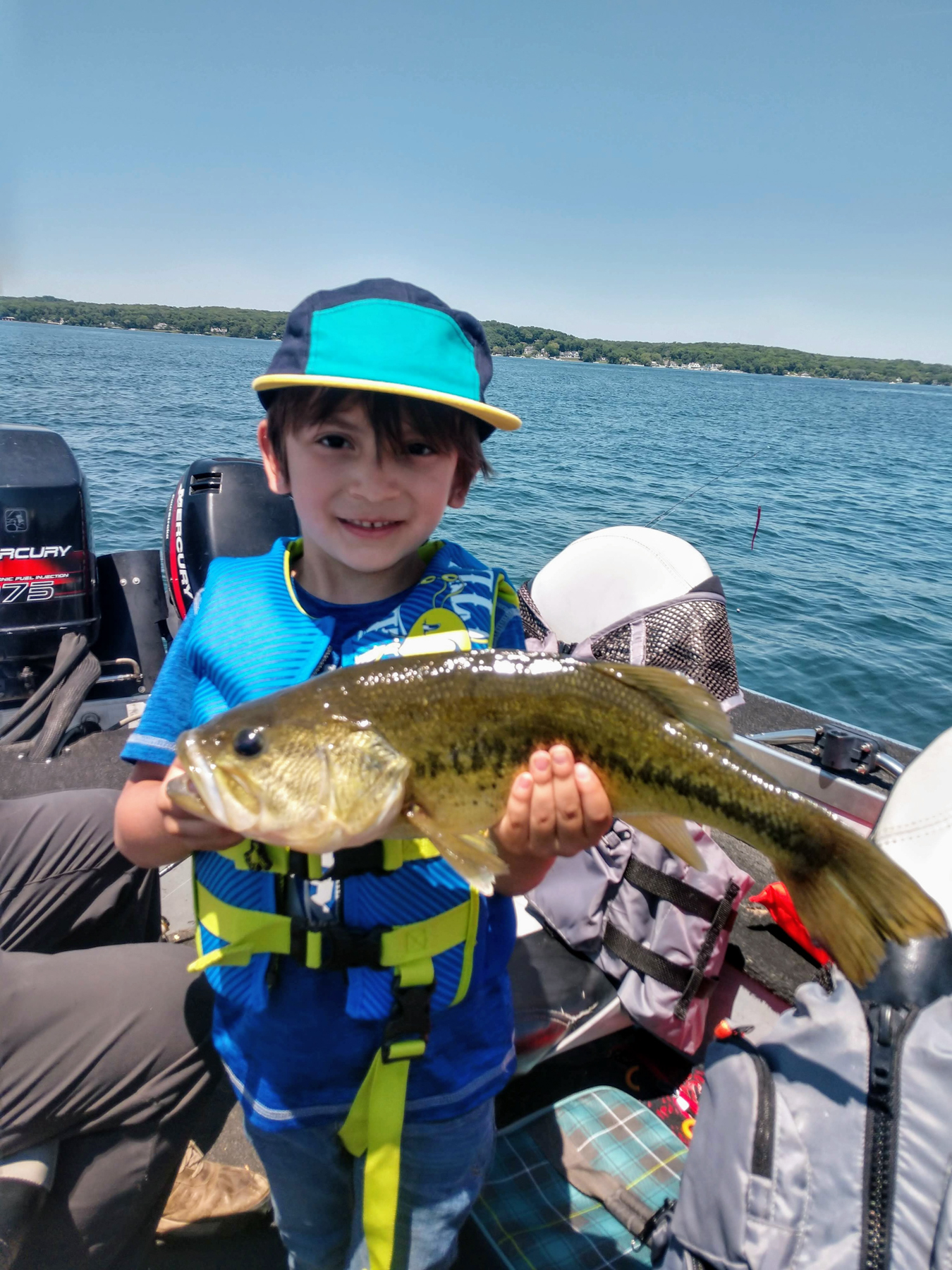
Another way to rig a stick worm is Neko rig style. Run a nail weight in the head, use an O ring to wacky rig it. This gives the bait yet another deadly action. Neko rig weights come in a variety of sizes and styles. Some weights have rubber strands attached to give off yet another action. They come in a variety of colors for different water conditions.
There is another accessory you can get called a Hitchhiker. This is a wire device with a screw on one end and a clip on the other. You screw it in the end of the stick worm and add a small spinner on the clip for increased attraction.
After fishing with a stick worm for a while, it will eventually tear and need to be replaced. Save your torn baits to be used on a jig head for Ned rig fishing. You will get the most use and value from your stick worms and catch a bunch of fish. Ned rig fishing can be done in clear- or dark-water situations. It looks like nothing, but does it catch fish—the ultimate tough-bite finesse fishing technique.
The original Ned rig is made by Z Man. The Z Man TRD plastic is used on the Ned Rig and is a high floater. When you cast the bait out and it rests on the bottom, the plastic floats up to a near-vertical presentation. This will catch you a lot of fish. When the bite slows, change the plastic to one of the torn stick worms you converted for Ned rig fishing. These baits lay horizontally on the bottom, giving the bait a different look and adding a few more fish to your catch.
Stick worms like the Original Senko can be used in many ways to catch a bunch of fish. Add these techniques to your repertoire this season and you will catch a lot more bass “In the Strike Zone.”
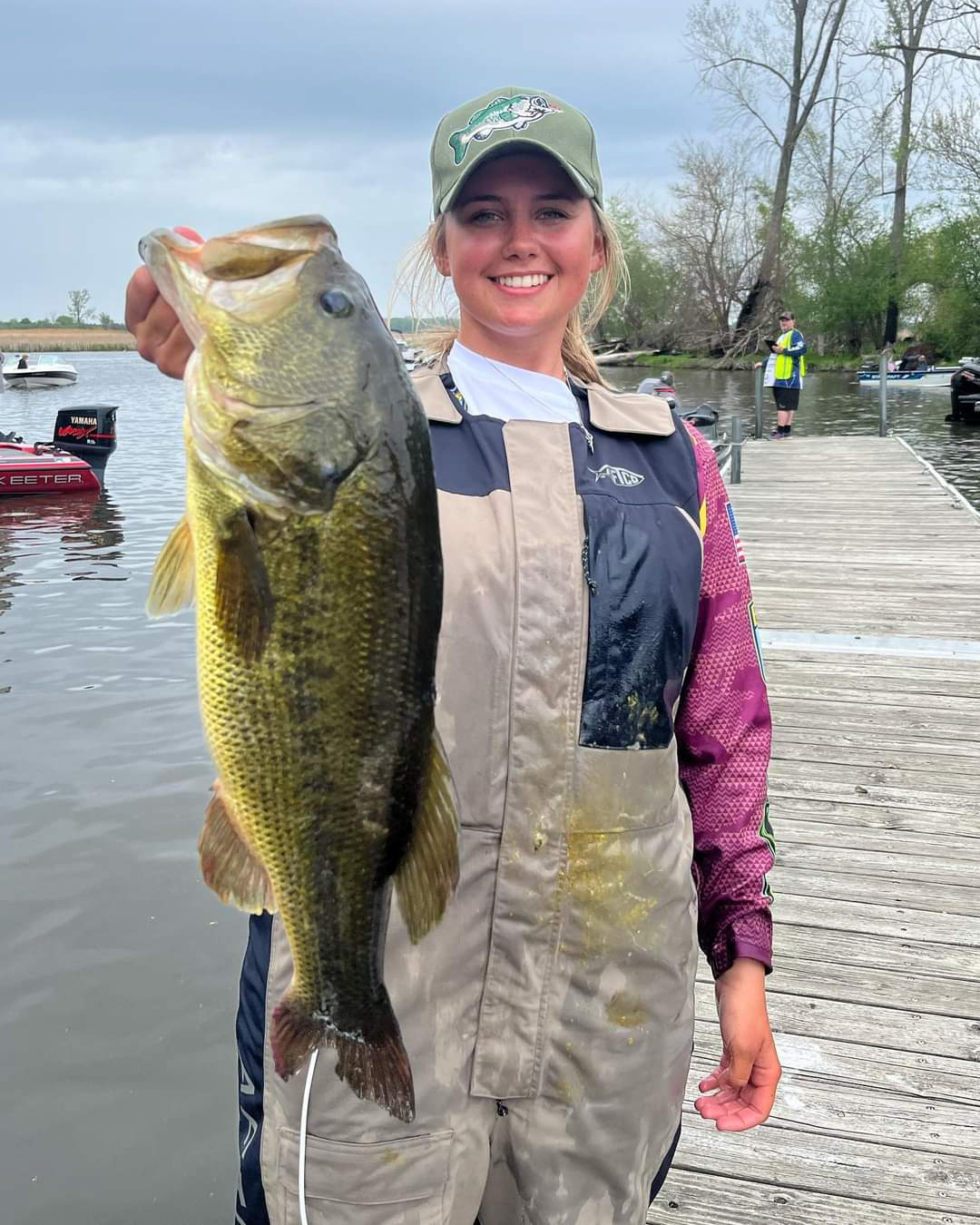
MWO
SHARE THIS POST
You may also like...
Did you enjoy this post?
You can be among the first to get the latest info on where to go, what to use and how to use it!
Phil Piscitello
Phil Piscitello has 45 years of experience as a multispecies angler on ice and open water. He is a fishing guide, master charter captain and seminar speaker guiding in northern Illinois and southern Wisconsin. Picitello is also a regular guest on Chauncey’s Great Outdoors radio show and MidWest Outdoors TV show. He has fished all five Great Lakes and many major rivers, lakes, and reservoirs throughout the Midwest.
